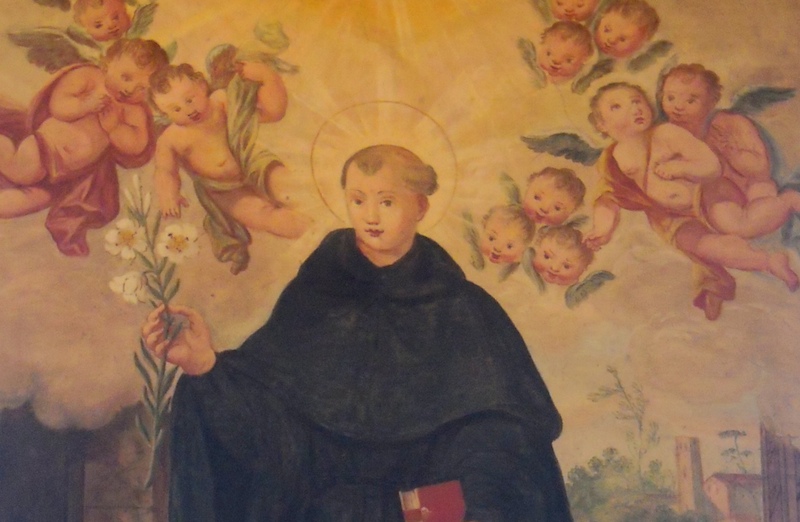
Blessed Antonio Patrizi - 9th October
The Hermitage of Lecceto, near Siena, from its beginning in the XII century, was fertile ground for Augustinian holiness. By way of example of these so-called “beati leccetani” in the Augustinian liturgical calendar is found the memory of B. Antonio Patrizio. His background cannot be described with exactness; this because there is little sound documentation about his life. Writings about him were recorded in the XV and the XVI centuries, and in these, one finds material which is not of sound historical value. Nonetheless, the great work of the Bollandisti (Acta Sanctorum, tom. III, aprilis), of the middle of the XVII century, contains all essential information concerning the life and cult of this blessed Augustinian that had been recorded from such documentation that has been lost.
Antonio was born in Siena into the Patrizio family around the year 1267. He did not live a long life, at least according to the biographies written in the XVII and XVIII centuries. However, during the 44 years of his life he left a profound mark on society and on the Church in the Tuscany of his times. He embraced Augustinian life in the convent of Lecceto, near Siena, an old convent in a tranquil area in the middle of a thick forest where an ascetic life of prayer was the fulcrum of community life.
After a year’s novitiate, he offered his life to God. A most perfect chastity was close to his heart a life. Indeed, after his formation and after receiving sacred orders, he was sent to Monticiano where he continued his vocation with great fidelity and where he ended his life in April 1311. In that city he worked ceaselessly for the good of the religious and Christian communities, to such an extent that, even to this day, that city considers that it owes to this blessed Augustinian’s life and good works its social and religious identity. In fact, devotion towards this blessed Augustinian. In fact, devotion towards him has never waned.
Two years after he had been buried in the cemetery there, his remains were placed in the Augustinian church for veneration by the faithful. That time also saw the beginning of the reverence of the faithful towards the Augustinian church. Also, at that time the old confraternity that adopted Antonio as its patron found its roots and until this day this promotes veneration towards this blessed man. Various traditions and legends are attributed to his death, such as that fresh lilies used to grow on his tomb, as an affirmation of the chase life that Antonio had lived.
Devotion remained solid over time, to the extent that in 1804 Pope Pius VII confirmed the cult and added Antonio’s name to the list of the blessed. The remembrance of B. Antonio in the liturgical calendar serves as a reminder of the hermetic roots of the Augustinian Order, roots that clearly affirm that God should have the first place in the life of all Christians.
Fr. Josef Sciberras osa

